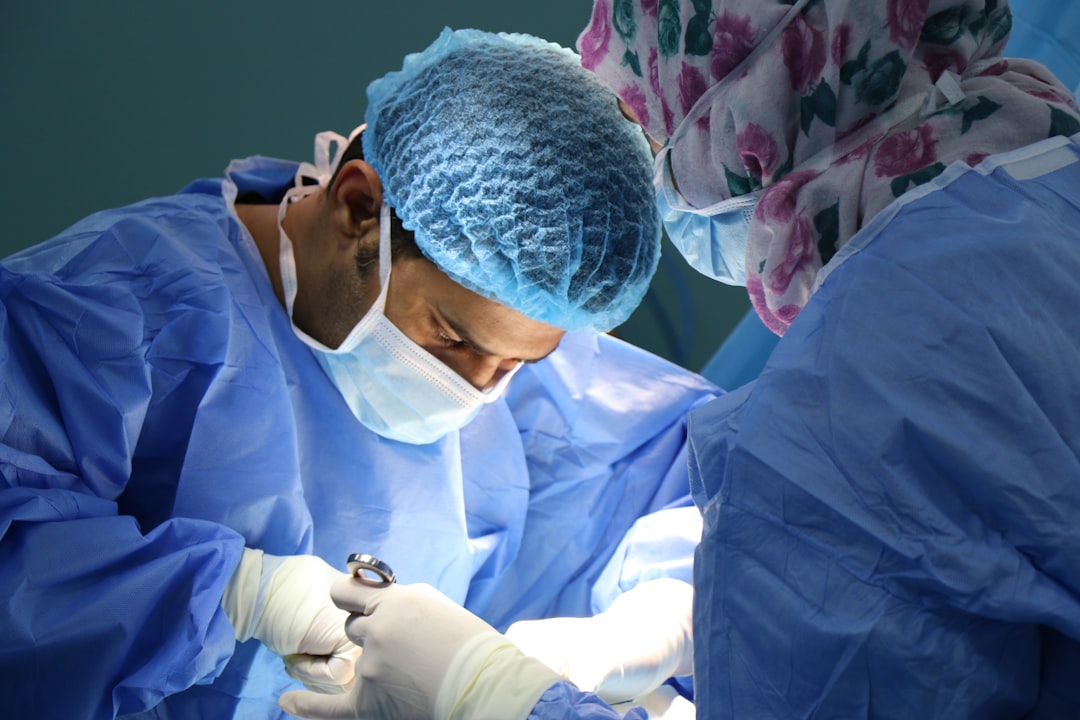What is it about?
The COVID-19 pandemic forced our audiology department (at University Hospitals Plymouth NHS Trust) to make dramatic changes to the way our service was provided, most notably an increase in the amount of care provided remotely. This paper investigates the impact of these changes made to our adult audiology service on the effectiveness and efficiency of the service provided. We compared three pathways of care, the pre-COVID care, care provided during the initial UK lockdown and the care provided once lock down restrictions were eased.
Featured Image

Photo by Mark Paton on Unsplash
Why is it important?
Determining the impact of the changes made during COVID-19 to the effectiveness and efficiency of our audiology service is important for adapting our care going forward, particularly in an era where the demand for remote care is increasing. Our findings showed that remote hearing aids fittings were less effective for new hearing aid users than hearing aid fittings carried out face-to-face or using a blended pathways of remote and face-to-face care. For patients with past hearing aid experience the changes made to the service during COVID-19 did not impact the effectiveness of the service.
Perspectives
Writing this article has helped our audiology service at University Hospitals Plymouth NHS Trust develop and has helped shape our hearing aid pathways going forward. I hope that this article will support other services who were also forced to make dramatic changes during the COVID-19 pandemic.
Zoe Duckworth
University Hospitals Plymouth NHS Trust
Read the Original
This page is a summary of: Did Changes to Adult Hearing Aid Pathways Due to COVID-19 Affect Patient Outcomes? A Service Evaluation, American Journal of Audiology, September 2022, American Speech-Language-Hearing Association (ASHA),
DOI: 10.1044/2022_aja-21-00195.
You can read the full text:
Contributors
The following have contributed to this page










